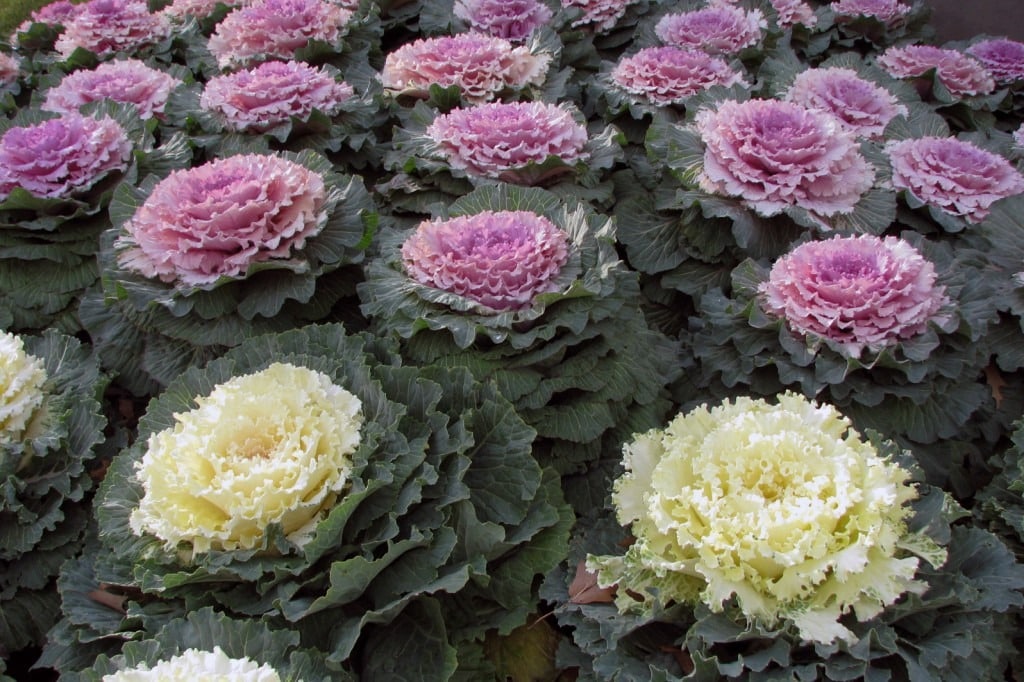Kale’s Nutritional Qualities
Kale is fresh and nutritious and in season right now during winter because it loves frost and chill. Cultures around the world use the kale plant in various quality dishes and praise it for its versatility, as well as its health benefits and nutritional properties. Kale can even make good chips (crisps if you’re british).
Some people really don’t like the taste, but I don’t mind it in salads, or cooked with some light oil. It can really fluff up a salad! Cooking of course alters the nutrient properties, but there is so much awesome stuff in Kale that you are still getting massive amounts of nutrition in both ways of consumption.

Here are the nutritional properties of the flower-like veggie, they are pretty incredible:
- Beta Carotine – interesting nutrient, small amounts seem to be really healthy
- Vitamin K – super good for us, from leafy vegetables (photosynthesis), greases the metabolic passageways
- Vitamin C – anti-oxidizer, necessary for metabolic reactions and is a powerful enzymatic enabler
- Calcium – combined with phosphate to form hydroxylapatite is the mineral of our bones. It is also extremely involved in neural functionality, including action potential release in muscles and neurotransmitters. Too much can be bad and it is regulated by vitamin D (sun exposure)
- Sulforaphane – has possible anti-cancer properties
- Indole-3-Carbanol – is the subject of on-going Biomedical research into its possible anticarcinogenic,[3] antioxidant, and anti-atherogenic effects. Inverse relationship to prostrate and breast cancer because of increased estrogen regulation.
- Magnesium – essential nutrient for every cell (allows for photosynthesis in plants)
There are also Phosphorus, Potassium, Maganese, and several other trace minerals, including all the electrolytes and Vitamin B6. Kale is basically your multivitamin’s ingredients in raw form, similar to broccoli. Most could stand to eat more.
Like anything else, moderation is necessary, so find some balance among other food groups and don’t go kale crazy.
Daily consumption might not be a bad idea, especially for heart and artery health due to its digestive and anti-oxidant properties. Green drinks, Kale/almond ice cream, omelets, find a way to make the taste insignificant. It’s always interesting how nutrition inevitably becomes biochemistry.

Kale’s Nutritional Qualities Read More »
